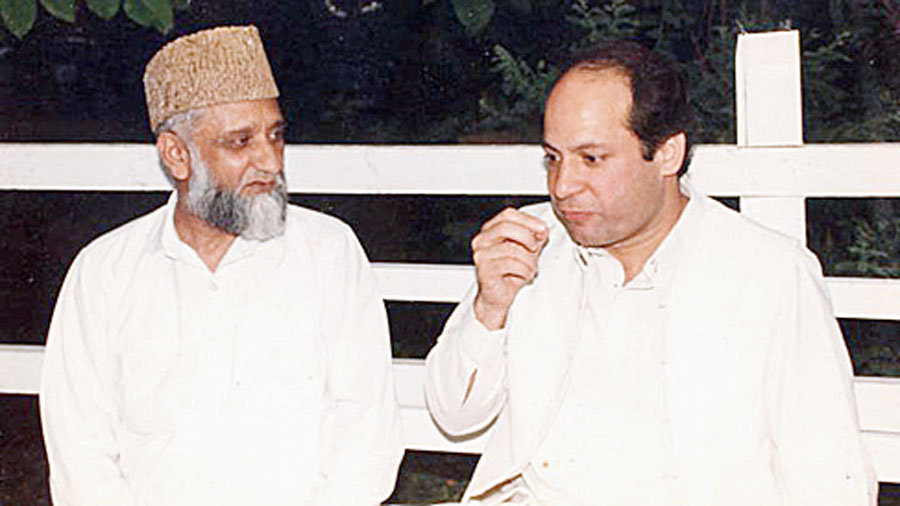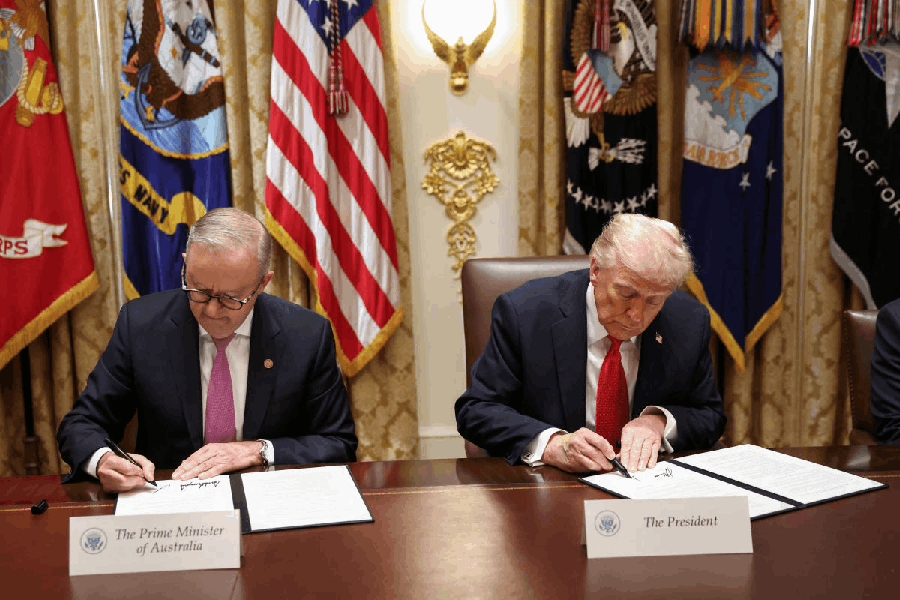As Pakistan-administered Jammu and Kashmir goes to the polls on July 25, the constitutional and practical realities underpinning the electoral exercise across the Line of Control will once again highlight some of the limitations of the popular global discourse around the Kashmir issue. A total of 2.88 million people are reportedly eligible voters.
The diverse political unit of Jammu and Kashmir which came together because of a confluence of many factors in the 19th century, has propounded many myths. One such myth relates to PAJK, a sliver of the undivided princely state that has been controlled by Pakistan since 1947, which has often escaped popular discussion. Pakistan refers to this area as “Azad Jammu and Kashmir”, meaning independent Jammu and Kashmir. Its legislative assembly has the power to elect its prime minister and president. At international fora, the nomenclature of executive positions and a separate Constitution are presented as evidence by Pakistan that the region is an independent entity. However, the reality is a lot different. On top of this, the whole electoral exercise is held in a manner that perpetuates the unrealistic expectations and ideas that Pakistani society has about Jammu and Kashmir. This in turn has held all the efforts towards subcontinental cooperation hostage.
First, there are contradictions between the Pakistani and PAJK Constitutions. For instance, Article 257 of Pakistan’s Constitution holds that the “people of Jammu and Kashmir will define their relationship with Pakistan after obtaining freedom”. On the contrary, Part 2 of Section 7 of the 1974 PAJK Constitution says that “no person or political party in Azad Jammu and Kashmir shall be permitted to propagate against or take part in activities prejudicial or detrimental to the ideology of the state’s accession to Pakistan”.
Under Section 5(2)(vii) of the PAJK legislative assembly election ordinance of 1970, “a person will be disqualified for propagating any opinion or action in any manner prejudicial to the ideology of Pakistan, the ideology of the state’s accession to Pakistan or the sovereignty and integrity of Pakistan”. Thus, without signing an affidavit of allegiance to the accession of Jammu and Kashmir to Pakistan, nobody is allowed to take part in the PAJK legislative assembly elections. In the past, the Amanullah Khan-led Jammu and Kashmir Liberation Front and the All Parties Nationalist Alliance espousing an independent state of Jammu and Kashmir were not allowed to participate because they refused to sign the affidavit.
Within the same Constitution, the oath of office for the appointment to important posts like those of the prime minister, president or Speaker in PAJK contravenes the claim that PAJK is an independent country. For instance, the oath of office for the president of PAJK reads: “As President of Azad Jammu and Kashmir, I will be loyal to the country and the cause of accession of the state of Jammu and Kashmir to Pakistan...”
Second, there are 45 elected seats which include 12 “refugees constituencies”. These 12 seats have been used as an instrument to skew the overall result of the assembly in a particular direction. They are reserved for the people who migrated from the Indian side of Jammu and Kashmir in 1947 and settled down in various parts of Pakistan. In 1947-48, approximately 80 per cent of the migrants settled down in the Punjab province of Pakistan. As compared to the hilly PAJK, Pakistani Punjab offered more economic opportunities for the migrants. The number of original refugees and their descendants living in different parts of Pakistan is estimated to be at least two million. Nine of these seats are located in different parts of the Punjab while the remaining constituencies are scattered in Khyber Pakhtunkhwa, Balochistan and Sindh.
Equal seats — six each — have been allocated for refugees coming from Kashmir province and Jammu province respectively, the two culturally, ethnically and linguistically distinct provincial units of Jammu and Kashmir. However, on the ground, it results in absurdity in terms of representation. The data of the 2006 assembly elections reveal that there were 5,46,031 registered voters for the six seats for Jammu whereas there were only 35,256 voters for the six seats reserved for the Kashmir province refugees. Although the number of seats is the same, the number of voters from the Kashmir province is only .06 per cent of the total migrant vote bank. Even within the six seats for the Jammu province, the strength of the constituencies is uneven: LA5 and LA6 in Rawalpindi had 5,000 and 1,50,000 voters respectively. Holding elections for these refugee constituencies has little practical representational and legislative relevance as the descendants of the 1947 migrants are socially and economically well-integrated in Pakistan, particularly Punjab.
In fact, the bulk of Muslim migration was from the Dogri and Punjabi speaking Jammu plains of Jammu province. Even before 1947, a substantial portion of the population living on the Jammu plains was tied to neighbouring parts of Punjab province — now in Pakistan — because of family, trade, education and employment. The geography played its part as from Jammu city — the winter capital of Jammu and Kashmir — major Pakistani cities like Sialkot and Lahore — the capital of Pakistani Punjab — are less than one hour and less than two hours away respectively. In contrast, the distance between the summer capital of Jammu and Kashmir, Srinagar, Lahore is at least 10 to 12 hours away.
Moreover, with regard to refugee seats, past experience demonstrates that candidates who are close to the ruling dispensation in Islamabad are able to win these seats. In 1975, Zulfikar Ali Bhutto’s Pakistan People’s Party brought down the government led by the Muslim Conference, a PAJK-based party, on the strength of these refugee seats. In 1990, the Muslim Conference won all the 12 refugee seats. Nawaz Sharif, the then prime minister, boasted that his government had given these seats to the Sardar Qayoom-led Muslim Conference as a gift. Similarly, in 1996, when Benazir Bhutto assumed power in Pakistan, these seats were won by the PAJK chapter of the PPP. There were cases where people fraudulently contested elections. In 1996, a politician was elected on a PPP ticket although it was found that he had illegally registered himself in the electoral list when he did not have any connection to Jammu and Kashmir. In the 2016 elections, six seats reserved for Jammu refugees went to the Pakistan Muslim League-Nawaz of the then prime minister, Sharif, whereas the party won three out of the six seats for the Valley refugees.
Third, Islamabad has the power to dismiss any PAJK government. Article 53 of the PAJK Constitution gives the federal government the power to dismiss an elected government in PAJK. This provision is part of the emergency provisions of the Pakistani Constitution. Therefore, the federal government enjoys the same emergency powers over PAJK as it does over any other province of Pakistan.
The broader constitutional and procedural contours within which elections to the PAJK assembly had been previously held demolish the myth that the region is an independent entity. The holding of elections for Jammu and Kashmir migrants in different parts of Pakistan merely serves as an instrument to benefit the ruling party in Islamabad. More important, it perpetuates a selective pan-Pakistan societal narrative on Jammu and Kashmir that consequently limits the scope and ability of the Pakistani State to approach the Kashmir issue and the broader India-Pakistan peace process with realism. With little change to the overall structural variables, the bigger picture that emerges after the July 25 elections is going to be no different.
Luv Puri is the author of Across the LoC











